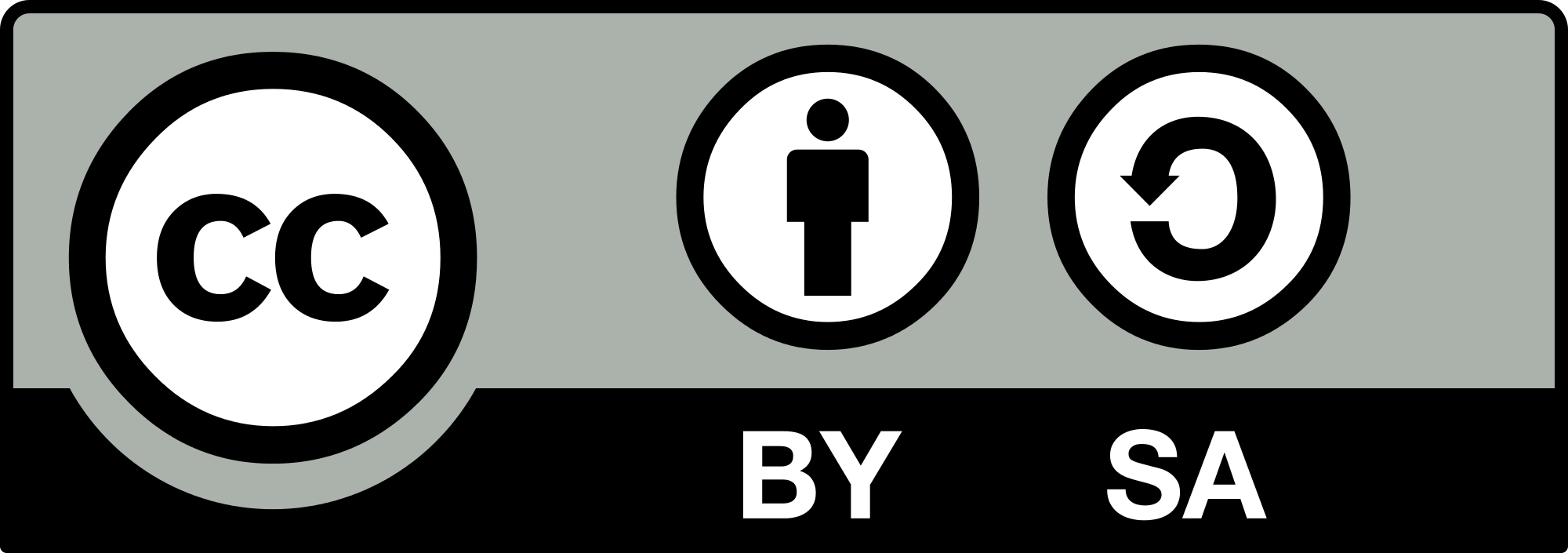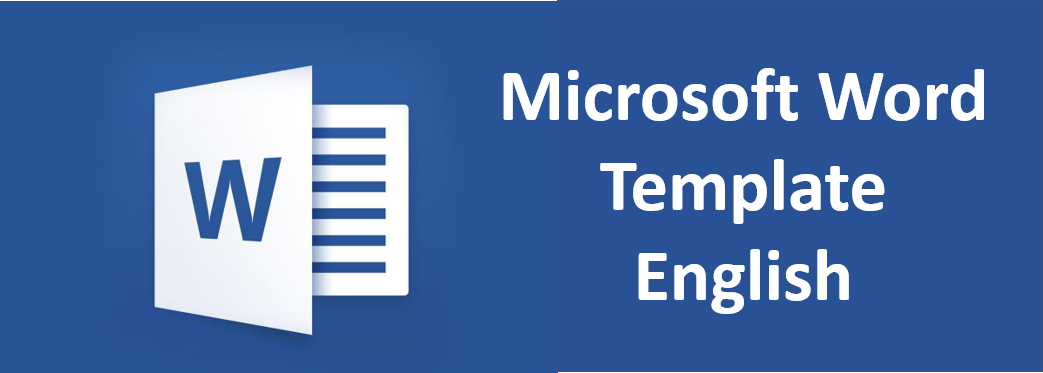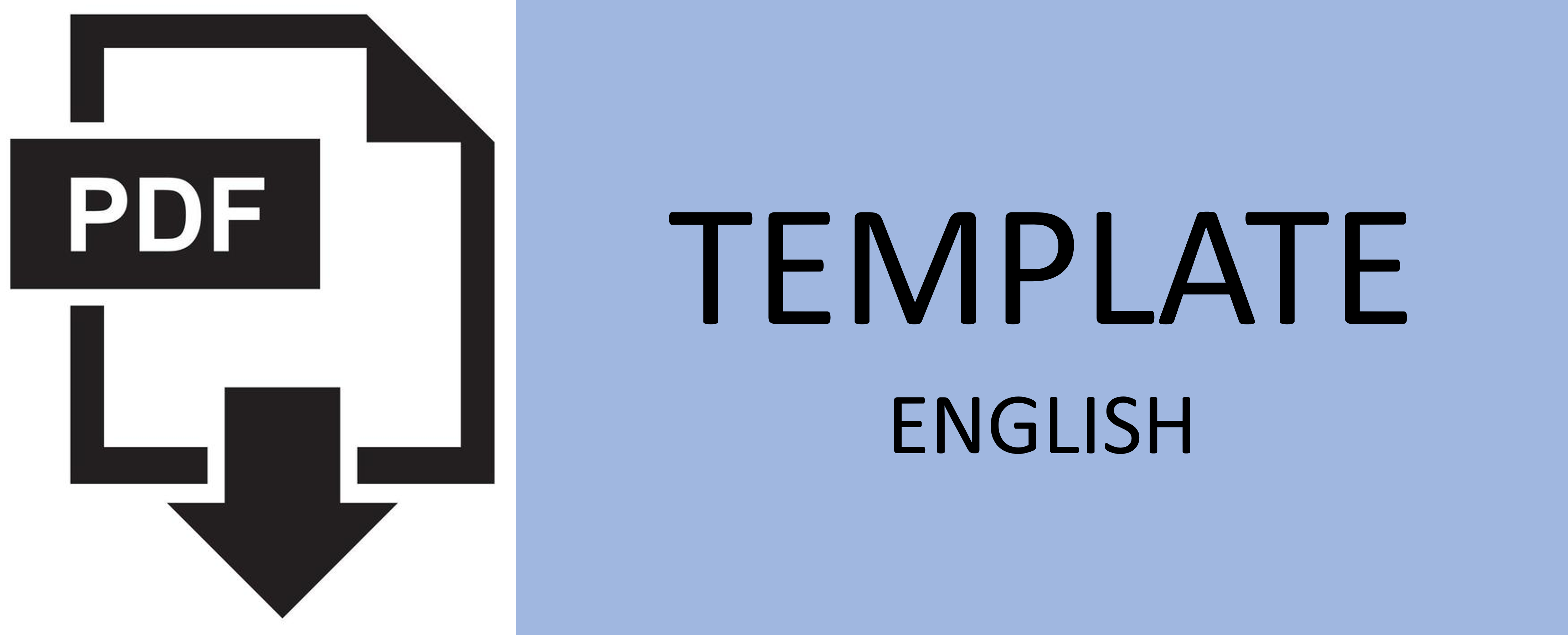ANALYTICAL STUDY ON THE EFFECT OF CONFINEMENT OF R.C. CIRCULAR COLUMN TO THE VALUE OF CURVATURE DUCTLING
Abstract
Keywords
Full Text:
PDFReferences
Park, R., dan T. Pauley. Reinforced Concrete Structures. 1st ed. New York, NY: John Wiley & Sons, 1975.
MacGregor, J.G. 1997. Reinforced Concrete Mechanics and Design 3rd Edition. New Jersey: MacGraw Hill.
Dewobroto W. 2003. “Aplikasi SAIN dan TEKNIK dengan VISUAL BASIC 6.0”. PT. Elex Media Komputindo, Jakarta.
Dewobroto W. 2005. “Aplikasi Rekayasa Konstruksi dengan Visual Basic 6.0 (Analisis dan Desain Penampang Beton Bertulang sesuai SNI 03-2847-2002)”. PT. Elex Media Komputindo, Jakarta.
Hognestad, E.; Hanson, N.W.; dan McHenry, D. 1955. “Concrete Stress Distribution in Ultimate © ITS JOURNAL OF CIVIL ENGINEERING / Vol. 30 No. 2/ November 2010 89 Strength Design.” ACI Journal, V.52, No.6, American Concrete Institute, Detroit, pp.455-479.
Hong, K. N.; dan Han, S. H., 2005.“Stress-Strain Model of High Strength Concrete Confined by Rectangular Ties,” Journal of structural Engineering, ASCE, V.9, No.3, 2005, pp.225-232.
Karina, A. 2009. Analisis Daktilitas Kurvatur pada Kolom Beton Bertulang Terkekang. ITS Press, Surabaya. 230 hal.
Kent, D.C.; dan Park, R. 1971. “Flexural Members with Confined Concrete.” Journal of Structural Division ASCE, V.97, No. ST7, pp. 1969-1990
Kiousis, P. D.; Ehsani, M. R.; Hong Mei.; dan Saadatmanesh, H. 2001. “Confinement effects on High-Strength Concrete.” ACI Structural Journal, 98, 548-553.
Kusuma, B.; dan Tavio. 2008. “Unified Stress-Strain Model for Confined Columns of Any Concrete and Steel Strengths.” International Conference on Earthquake and Disaster Mitigation, Jakarta, Indonesia, pp. 502-509.
Mander, J. B.; Priestley, M. J. N.; dan Park, R. 1988. “Theoretical stress-strain model for confined concrete." Journal of Structural Engineering ASCE, 114(8), 1804-1825.
Nilson, A. H.; dan Winter, G. 1991. “Design of Concrete Structure”, McGraw-Hill International Edition, New York.
Popovics, S. 1973. " A numerical approach to the complete stress strain curve for concrete." Cement and concrete research, 3(5), 583-599.
Saatcioglu, M.; dan Ozcebe, G. 1987. “Confinement of Concrete Columns for seismic Loading.” ACI Structural Journal, 84, 308-315.
Sheikh. S.A.; dan Yeh, C.C. 1992. “Analytical Moment-Curvature For Tied Concrete Columns.” Journal of Structural Engineering, Vol. 118, No. 2.
Thorenfeldt, E. ; Tomaszewics, A.; and Jensen, J. J., 1987. “Mechanical Properties of High Strength Concrete and Aplication in Design.” Proceedings, Symposium Utilization of High Strength Concrete, Stavenger, Norway, pp. 149-159.
Yong, Y.K.; Nour, M.G.; dan Nawy, E.G. 1988. “Behaviour of laterally confined high-strength concrete under axial loads.” J. Struct. Eng., 114, 333–351.
DOI: http://dx.doi.org/10.12962%2Fj20861206.v30i2.1721
Refbacks
- There are currently no refbacks.

Journal of Civil Engineering is licensed under a Creative Commons Attribution-ShareAlike 4.0 International License.







.jpg)